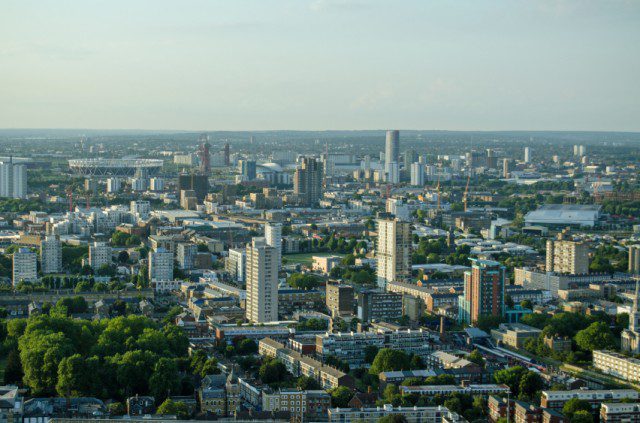Number of rental properties in UK continues to fall
Another report has suggested that the number of properties coming onto the privately rented market is continuing to fall.
This in turn is serving to drive up rents across many regions of the UK – particularly in market towns.
Fall in Landlords
This fall in housing supply can be attributed to the lack of new landlords bringing new stock onto the market, according to Belvoir – one of Britain’s largest letting agents.
Chief Operating Officer of Belvoir, Dorian Gonsalves, feels that the decline in property coming onto the market is directly due to the recent changes in legislation – such as increases in Stamp Duty and alterations to mortgage interest tax relief.
Gonsalves observed: ‘As a result of this stock shortage, properties are often rented to the highest bidder, typically the wealthier tenant, which is raising rents beyond the traditional plus or minus four to five percent trend.’[1]

Number of rental properties in UK continues to fall
Increasing Rents
Belvoir’s Q1 rental index, compiled by property expert Kate Faulkner, indicates that the firm’s offices have seen average rents rise by 5.75% year-on-year. This was a rise from £728pcm in Q1 2016 to £770pcm in Q1 2017 – driven by gains in parts of the East Midlands and Yorkshire.
Rents ranged from £602pcm in the North West, £655pcm in the East Midlands, £842pcm in the South West and £1,440pcm in London.
In addition, the report indicates that 43% of tenants are staying put in their properties for between 13-18 months. 29% stay between 19-24 months and 18.2% rent for over 2 years.
Worryingly, void periods are seemingly on the increase with 60% of properties taking up to two weeks to be let.
Concluding, Mr Gonsalves said: ‘Despite increases in rents in some regions, rent arrears are not increasing, suggesting that tenants are currently coping with landlord rent rises.’[1]
[1] https://www.landlordtoday.co.uk/breaking-news/2017/6/number-of-rental-homes-coming-on-market-falls-sharply



